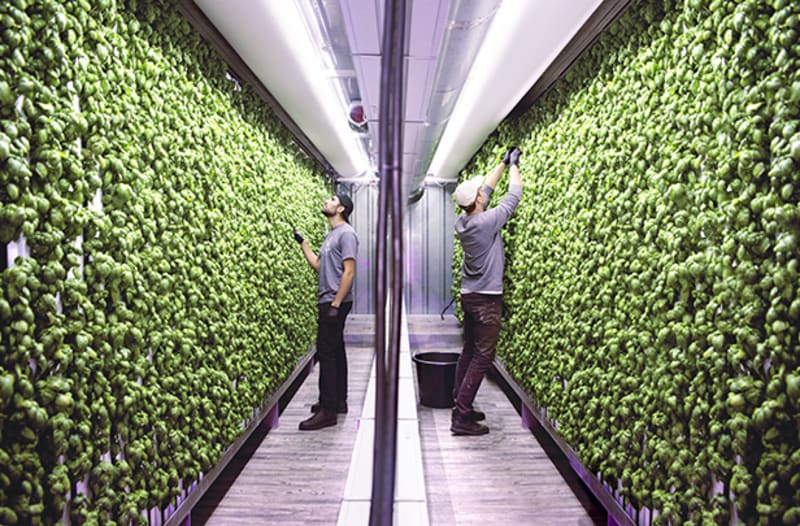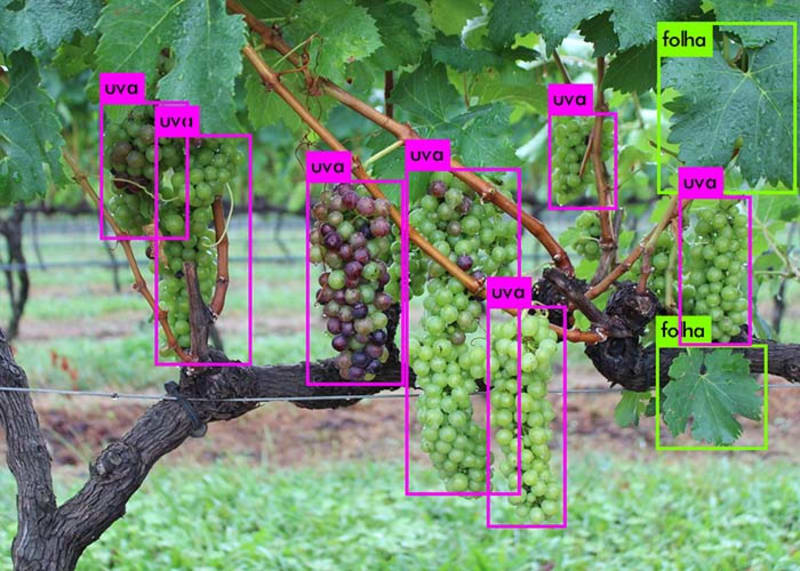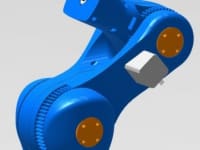Americans are eating themselves to death. On average, it takes $7 dollars to get a single apple from the grove of its birth to the bodega shelf in New York. The people that need the food the most cannot get it, and instead sustain themselves on packages designed more for shelf life than for human life. Heart disease, fatigue, obesity, and diabetes have all been connected to this, a statistic backed up by recent mortality rates in the poorer neighborhoods due to COVID-19.
With the number of both farms and farmers declining each year, we need to do better. Three technologies exist today, that if combined, would revolutionize health.
Container Farming - Aquaponics provides a closed-loop, environment free of pesticides, invulnerable to weather and season, and with 10x the density and close as the building next door. With examples like Square Root, it is a reality today.
AM Automation - The Additive Manufacturing community is alive and well, as is the array of configurations customizable with a touch of the ‘print’ button.
Machine Learning - With examples like Tensorflow, machines can now learn human tasks when fed video, weighing the value of the data on its results.
Joining these three three technologies is as simple as letting the Square Root staff do what they are doing today, but with the addition of body cams and archiving the video as feedstock for machine learning. Each night, the system is pitted against the next day’s human staff, refining until it can predict the outcome within 95%.
Then the fun starts.
Imagine a world where every leaf in a farm has a name, a history, and an individualized plan for optimal growth. Now add in infrared and UV cameras, allowing the system insight a human would never have. Inverse Topology is used to develop better and better tools to do the work, tested side-by-side with the originals after a few hours of printing.
As an aquaponic system, the unused vegetation is removed, reclaimed, and composited via vermiculture or dried and pulverized as feedstock for tanks of protein-rich, omega-3 fortified fish. With minimal oversight from anywhere in the world, we now have a sealed cube that produces 10 units of salad and 2 fish per day, given nothing but water and power.
Copy.
Paste.
The Square Root team was not replaced by robots, they moved to other crops. Strawberries? Cucumbers? Maybe even our original apple? Each crop generates its own baseline and source data, for its own tailor-fit 20ft cube.
How does this help the bodega shelf?
We stack the cubes 40 stories high.
Located in a city’s ‘food desert’, this would be equivalent to a 2,000 acre farm, feeding 4,000 people a year. The first floor market makes picked-12-minutes-ago-fresh fruit and veggies available year round at a cost cheaper than a bag of chips. Overproduction is donated to schools, and anything older than 24h is donated to the local soup kitchen.
And they will all eat.
And they will eat well.
Like this entry?
-
About the Entrant
- Name:Nathan Bauer
- Type of entry:individual
- Software used for this entry:None
- Patent status:none








